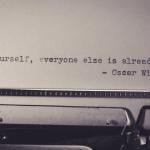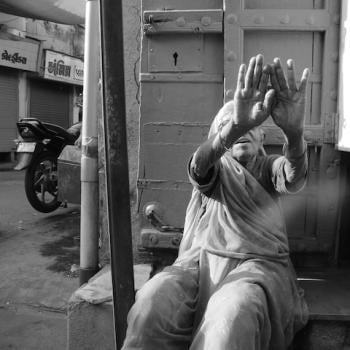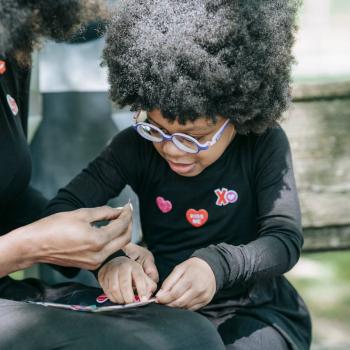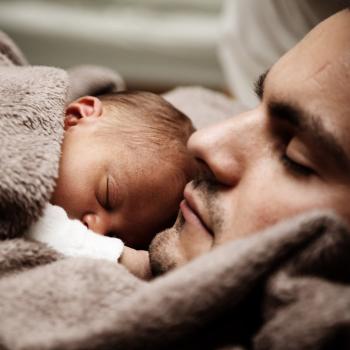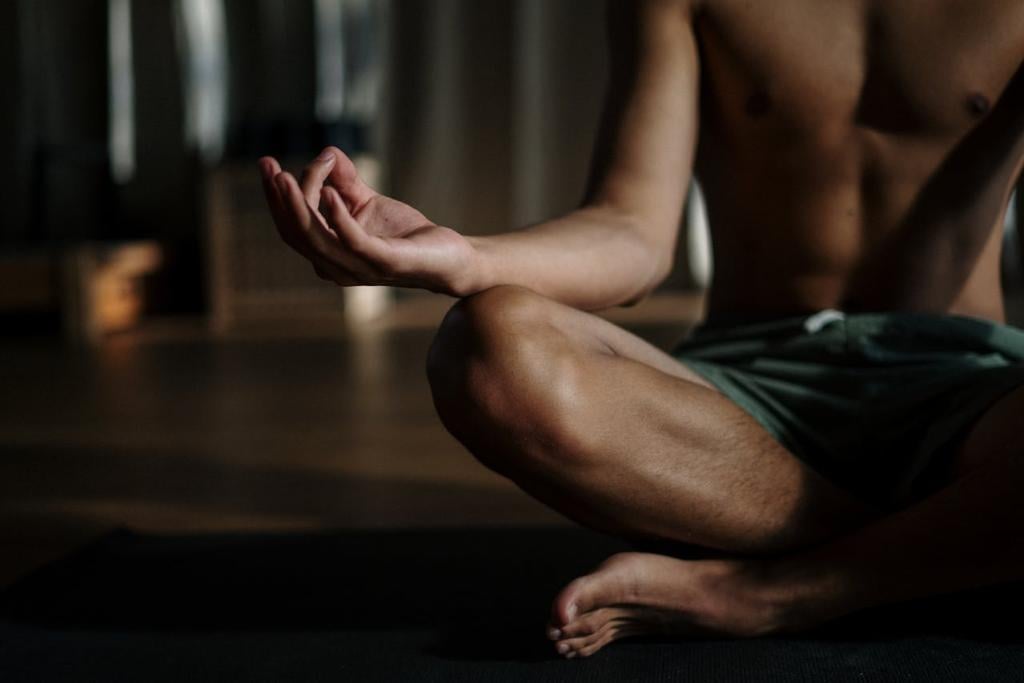
Excerpt from the book Copyright © 2025 by Karl Forehand)
Get Into Your Body
“Your real self may be hiding somewhere, look for it within,
when you find yourself,
you can freely be what you want to be.”
– Michael Bassey Johnson
Many religions suggest that our bodies are inherently flawed, leading to suspicion of their signals. This perspective is both misguided and harmful. Embracing a trauma-informed approach allows us to appreciate that our bodies hold valuable wisdom and are crucial for fostering our intuition and healing from trauma. They convey essential messages for recovery, underscoring the need to cultivate a mind-body practice in conjunction with somatic healing.
What the Body Communicates
Every moment, our bodies send countless neural signals that enable our brains to adapt to our surroundings and feelings. The brain then decodes these signals to provide appropriate reactions and guidance. While some functions happen almost reflexively, others demand more complex processing by our higher cognitive functions before we respond.
The body signals when we experience pain, among other sensations. In the event of an attack, an accident, or internal distress, pain serves as an early warning, prompting both our bodies and minds to respond and begin the healing process.
Our body warns us when it senses danger. It sends messages to the brain to react instantly, helping us evade a predator or recoil from potential harm. Since my stroke in 2022, my left arm and leg have not received these signals as they did before. When startled, they tighten more than necessary as my brain adapts to processing signals from my body’s sensory areas.
Our bodies transmit and interpret information through body language. We convey our emotions and feelings in various ways, indicating whether we are aggressive or friendly. Our physical expressions reflect our internal conditions and overall state of being.
However, our bodies engage in internal processes that have only recently been understood. Scientists frequently discuss the “gut brain” and the “heart brain,’ areas of our physiology that manage far more functions than we once thought. Additionally, we now understand that trauma is held within our body’s nervous system, as the body aims to address that trauma and assist us in moving forward.
Many of us are discovering how to cultivate our intuitions, which our religious and cultural backgrounds have often neglected. As we grow more attuned, we can integrate our past traumas while tuning in to our body’s signals. This allows us to recondition and rewire our brains for healthier living.
Toxic Beliefs and How They Harm Us
As we listened to the experiences of abuse survivors and others who are reevaluating their faith, we started to recognize the damaging messages conveyed by religious and traditional teachings. These messages proved unhelpful and, in many instances, were detrimental to their well-being and that of others. Many individuals were taught harmful beliefs about their bodies, leading them to feel shame and enter the world traumatized, mainly because the advisors lacked an understanding of how the body, nervous system, and trauma interconnect. Below are several harmful messages that originate from well-intentioned individuals with limited knowledge.
“You Can’t Trust Yourself.”
Many mystics from various religions have encouraged us to look within and cultivate our intuition, yet the broader religious landscape often disputes the presence of inner wisdom. The doctrines established by these traditions frequently promote the notion that we are innately flawed, suggesting that we require external forces to address our dysfunctions and heal rather than trust our insights.
When we regard the flesh as weak, we simplify it into something easily disregarded. Considering the intricacy of our reproductive system, it’s astounding to recognize the numerous bodily systems at play. They respond silently to challenges, sending signals when stimulated. Remarkably, through this complex process, new human life emerges from a body that religion tends to dismiss or label as sinful.
We can become excessively focused on our bodies, particularly how others perceive us, as this influences our interactions and relationships. While it’s not my aim to suggest that we prioritize physical appearance, we can all enhance our overall well-being, most importantly, our mental health, by turning inward and heeding our bodies’ signals.
Purity Culture
Laura and I wish we hadn’t been influenced by purity culture during our daughters’ teenage years. This culture promotes the idea of abstaining from sex until marriage and gained popularity in the 90s, particularly among white evangelical communities. It sought to link our sexual lives with our spiritual experiences. Although it upheld the value of abstinence, it also idealized sexuality up until the wedding night, where women were expected not only to be virgins but also to be sexually receptive.
Women were urged to dress modestly and were given a lot of negative imagery about being sexually active. They were told that how they dress causes young men to stumble and that men cannot control their urges. So, many times, even after being molested by family members or attacked by another teenager, they felt ashamed and were convinced to take the blame for what happened.
Teenagers took purity pledges and sometimes received purity rings from their fathers as a promise that they would protect them, and they promised to keep themselves “pure.” Teenage girls were told that if they had sex before marriage, they would be like a used tissue or a chewed-up piece of gum. It was a shame-fest, to say the least!
The result, according to the survivors, is that purity culture taught women to hate their bodies and men to hate their minds.
Josh Harris emerged as a key figure in this movement, authoring the book I Kissed Dating Goodbye. Despite being young and unmarried when he wrote it, many embraced his guidance to favor courting over dating, which inadvertently spread the damaging principles of purity culture. Recently, Harris has retracted his books and distanced himself from evangelical Christianity, expressing remorse for the harm caused by the purity culture movement, a situation greatly influenced by his leadership.
I share his regret about my involvement in purity culture. Fortunately, my daughters didn’t take the purity rings I gave them too seriously. Despite being immersed in the church’s teachings, they developed independent thinking and approached life guided by wisdom and reason rather than fear.
It is possible that a woman who was involved in purity culture could have multiple layers of trauma. In certain circles of evangelical Christianity, she could be shamed if she was molested or raped by a man because they would assume that she tempted him, and they believed that he couldn’t control himself. Then, they would protect his reputation but shame her into further isolation so she wouldn’t talk. Even though she was labeled, she was still expected to stay “pure” until marriage, even though they told her no one would want her anymore. Of course, once she did get married, she was expected to be available whenever he wanted, and her body essentially belonged to him.
Listening to survivor stories, I am struck by the resilience of those who have endured such messaging and abuse, actively working to heal their mental health and confront their trauma. These challenges stem from a misguided perspective on the body and rigid control, particularly over women.
Your Body Belongs to Someone Else
The belief that women should always be available to their husbands is a myth favored by men throughout history. Though my religious beliefs supported this notion, I tried not to exploit it as a husband. However, that didn’t always negate the influence of Laura attending a women’s conference, which promoted the idea that she should consistently welcome my advances.
After distancing myself from religion, I found that the messaging became clearer. Many Christians genuinely hope that God will “use” them. However, this idea often doesn’t resonate with abuse survivors, and such language shouldn’t be acceptable to anyone. I have no desire to be used by anyone at this moment. Yet, religion encourages us to sacrifice our bodies and invest our energy in whatever is prescribed by that particular branch of Christianity.
Depending on the specific issue, there are various ways to promote this harmful doctrine. We advised women to defer to men and children to respect their parents. We urged everyone to dedicate themselves to the church through “service,” which some New Testament authors described as being servants or slaves of God. It often takes little for a pastor or priest to fall into this narrative, expecting complete submission because they believe they are divinely appointed and view their relationship with God in that light.
The prevalence of negative messaging leads to a disconnection from our bodies, impacting our lives and healing journeys. Numerous pressures urge us to ignore our feelings and bodily signals, and the subsequent trauma inflicted on our bodies and nervous systems makes it increasingly challenging to heal as our beliefs shift. Our bodies ultimately belong to us, suggesting that our priority should be to reclaim our bodily autonomy and embark on the challenging yet fulfilling path.
If someone invited us to a podcast, Laura and I could likely talk for hours about how religion complicates issues with its gender roles, shames sexuality, and causes unintended consequences that have led to a worsening rape culture. We could also delve deeper into this topic, directing you to experts who explain how power imbalances and patriarchy further complicate these matters, contributing to the heavy burdens many women bear.
At this stage, our primary emphasis should be to enhance our connection with our bodies. We need to learn from professionals how to attune this connection and seek authentic healing through somatic and other therapies.
I recommend all those in Deconstruction read The Body Keeps the Score by Bessel van der Kolk. Laura and I have also documented our healing journey in our blogs and recent books. Your nervous system stores trauma, but it is also trying to tell you that it needs attention and wants to communicate with you to restore your natural mental well-being.
Into Your Body – Action Steps:
How does our body assist us in healing from trauma? How can you cultivate trust in yourself? What toxic beliefs have you inherited about your body? Spend 5 minutes writing freely about your thoughts on this chapter and the questions that arose for you.
Are you serious about deconstruction and asking bigger questions?
If that’s the case, this book was created for you. As a former pastor, I made the mistake of deconstructing a bit and then trying to start something new, as I was trained to do. The problem with that approach is that I wasn’t ready to begin something new.

I hadn’t delved deeply enough or asked enough questions. The first stage of deconstruction typically includes assessing our beliefs regarding hell and the afterlife, supporting queer individuals and women in their fight for equality, and achieving a better understanding of racism and privilege.
Many people in deconstruction communities expend significant effort criticizing Evangelicals and attempting to gain a following. While I believe they deserve intense criticism, this strategy fails to effectively tackle the problem because they generally don’t listen to us!
Our tendency to punish our former organizations sometimes overlooks the challenging process of healing and growth. It is the same trap we fell into in our former associations.
 Campfires occupy a special spot in the mosaic of history. They act as communal hubs across different cultures and faiths. The campfire’s circular design fosters equal participation within the collective group. The flames at the center draw our focus and encourage face-to-face interactions as we exchange experiences, wisdom, and insights about the world beyond. It is where legendary myths and tales are born.
Campfires occupy a special spot in the mosaic of history. They act as communal hubs across different cultures and faiths. The campfire’s circular design fosters equal participation within the collective group. The flames at the center draw our focus and encourage face-to-face interactions as we exchange experiences, wisdom, and insights about the world beyond. It is where legendary myths and tales are born.
Order Now – Study Questions in each chapter!
This book is named Campfires in the Desert as it stems from nearly 400 discussions we held with individuals on our podcast, The Desert Sanctuary, and our aspiration to improve.
Available now!
Thanks for considering us, autographed copies are $20
Karl Forehand Campfires in the Desert – A Soft Book Release.
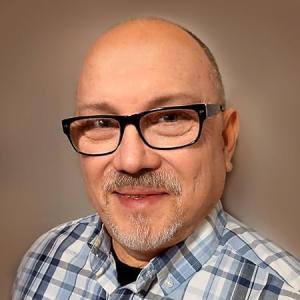
Karl Forehand is a former pastor, podcaster, and award-winning author. His books include Out into the Desert, Leaning Forward, Apparent Faith: What Fatherhood Taught Me About the Father’s Heart, The Tea Shop, and Being: A Journey Toward Presence and Authenticity. He is the creator of The Desert Sanctuary podcast and community. He has been married to his wife Laura for 35 years and has one dog named Winston. His three children are grown and are beginning to multiply! You can read more about the author here.



